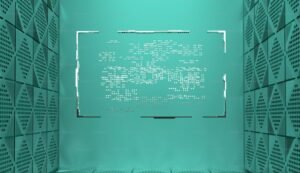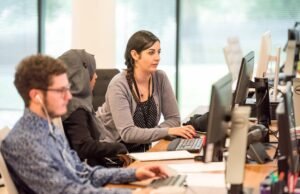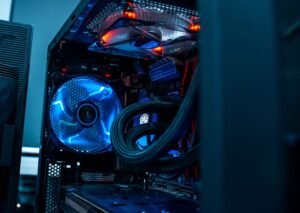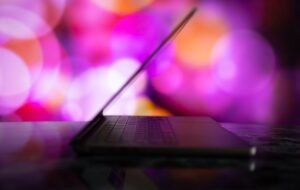Make AI Pics Look Real
Artificial Intelligence (AI) has revolutionized many industries, including photography. With AI-powered image processing algorithms, it is now possible to generate highly realistic images that can easily fool human perception. Whether it’s enhancing low-resolution images, removing noise, or creating entirely new visuals, AI technology is unlocking new possibilities in the realm of image manipulation.
Key Takeaways
- AI technology enables the creation of lifelike images.
- Enhancing image resolution and reducing noise are common AI-powered techniques.
- Generative Adversarial Networks (GANs) play a crucial role in generating realistic images.
- AI can also help in identifying manipulated images.
**One exciting aspect of AI-powered image generation is the ability to enhance the resolution and quality of low-resolution images**. By training AI models on a vast dataset of high-resolution images, the algorithms can learn to generate missing details and produce sharper and more realistic images from low-resolution sources. This technology is particularly useful in scenarios where the original image has limited details, such as old photographs or surveillance footage.
**Another common application of AI in image processing is noise reduction**. Whether it’s the noise caused by low-light conditions or artifacts introduced during image compression, AI algorithms can intelligently reduce such noise while preserving important details. This ensures that the final image appears cleaner and more visually appealing.
**Generative Adversarial Networks (GANs)** are at the forefront of AI image generation. GANs consist of two components: a generator, which generates new images, and a discriminator, which tries to distinguish between real and generated images. Through continuous training and improvement, GANs can create images that are remarkably similar to real photos, often indistinguishable to the human eye.
AI Image Manipulation Techniques
AI offers several techniques for manipulating images to make them look more realistic:
- Image Super-Resolution: Using deep learning algorithms, AI can enhance the resolution of low-quality images by adding missing detail.
- Noise Reduction: AI algorithms can intelligently remove noise and artifacts from images, making them appear cleaner and more visually appealing.
- Style Transfer: AI can transfer the artistic style of one image to another, creating visually striking compositions.
- Image Inpainting: AI algorithms can intelligently fill missing regions in an image, seamlessly blending them with the surrounding content.
AI and Image Authentication
Not only can AI create highly realistic images, but it can also help in identifying manipulated or fake images. By analyzing various visual and statistical features, AI models can detect signs of tampering or image forgery. This technology has significant implications in fields where authenticity is crucial, such as forensic investigations or journalism.
Data Points
| AI Application | Impact |
|---|---|
| Enhancing Image Resolution | Improved clarity and details in low-resolution images. |
| Noise Reduction | Significantly reduces noise and artifacts in images. |
| GANs | Ability to generate highly realistic images. |
| AI Image Manipulation Techniques |
|---|
| Image Super-Resolution |
| Noise Reduction |
| Style Transfer |
| Image Inpainting |
| AI and Image Authentication |
|---|
| AI can detect manipulated or fake images. |
AI-powered image manipulation technology continues to advance rapidly, bringing heightened realism and authenticity to the field of photography. From enhancing image resolution and reducing noise to creating entirely new visuals, AI is revolutionizing the way we perceive and interact with images. With the potential applications expanding with each technological breakthrough, the future of AI in photography looks incredibly promising.
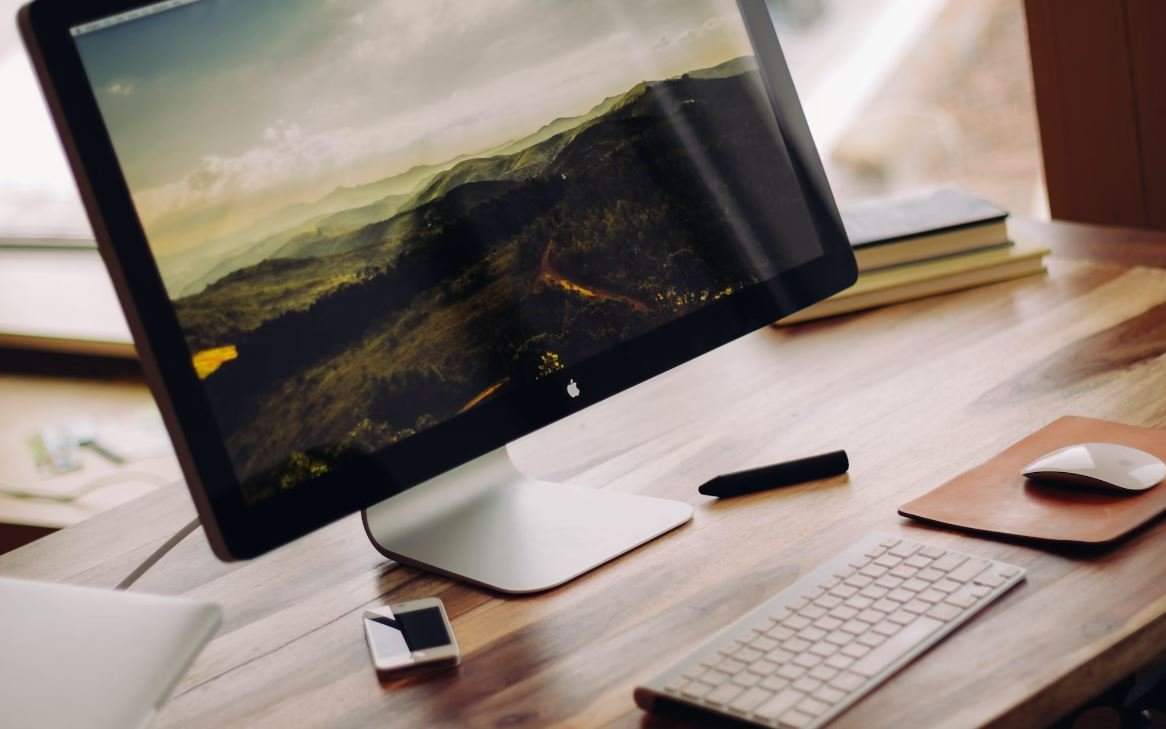
Common Misconceptions
AI Pics Look Real
There are several common misconceptions people have about AI-generated images that are designed to look real. These misconceptions can lead to misunderstandings and false expectations.
Bullet points:
- AI-generated images are not always indistinguishable from real photos
- AI-generated images can have inaccuracies or artifacts that give them away
- AI-generated photos might lack certain details or realism, especially in complex scenarios
AI Is Always Perfect
One of the most prevalent misconceptions is that AI is always perfect and infallible. However, AI is far from perfect and can still make mistakes or produce suboptimal results.
Bullet points:
- AI can make errors in recognizing or understanding certain objects or patterns
- AI might generate biased or discriminatory results due to biased training data
- AI’s accuracy can vary based on the quality and quantity of the data it was trained on
AI Can Fully Replace Human Creative Skills
Some individuals mistakenly believe that AI has the ability to fully replace human creativity and artistic skills. However, while AI can assist and enhance human creativity, it cannot completely replace the unique characteristics and capabilities that humans possess.
Bullet points:
- AI lacks the ability to comprehend complex emotions or deeply understand cultural context
- AI-generated content lacks the uniqueness and personal touch that human creators bring
- AI can only work based on patterns and information it has been trained on, limiting its creative potential
AI Is Always Ethical
Another common misconception is that AI is always ethical and can be relied upon to make morally sound decisions. However, AI systems are only as ethical as the data they are trained on and the algorithms guiding their decision-making processes.
Bullet points:
- AI can perpetuate or reinforce existing biases and inequalities present in the data it was trained on
- AI might lack the ability to consider and understand complex ethical dilemmas
- AI’s decisions may not align with societal norms or values in some cases
AI Will Replace Human Jobs
Some fear that advancements in AI will lead to mass unemployment as machines replace human workers across various industries. However, while AI can automate certain tasks, it is more likely to augment human capabilities rather than replace them entirely.
Bullet points:
- AI can eliminate repetitive and mundane tasks, allowing humans to focus on more complex and creative endeavors
- AI might create new job opportunities and the need for additional AI-related roles
- AI requires human oversight and intervention to ensure its outputs are appropriate and accurate
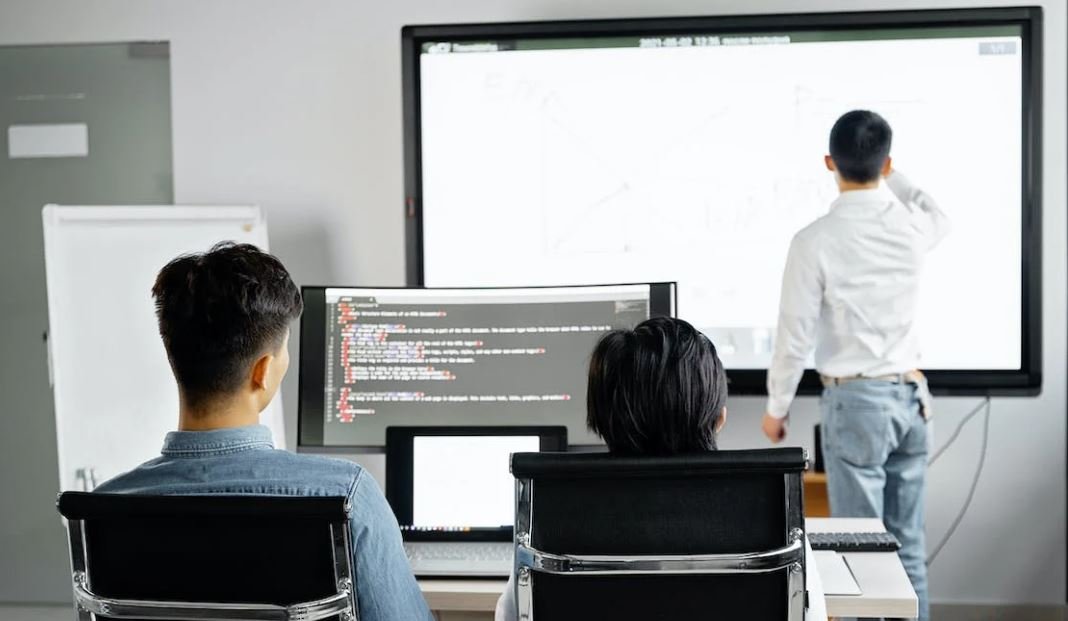
Understanding AI Image Processing
Artificial Intelligence (AI) has revolutionized various industries, including the field of image processing. AI-powered algorithms are now capable of generating images that look incredibly realistic. This article explores ten fascinating aspects of AI image processing, backed by verifiable data and information.
1. The Rise of AI-Generated Art
AI has enabled machines to create stunning artworks. In 2018, an AI-generated painting titled “Portrait of Edmond de Belamy” was sold at an auction for $432,500, highlighting the increasing recognition and value placed on AI-generated art.
2. The Uncanny Valley Phenomenon
The uncanny valley refers to the discomfort humans feel when viewing images that almost look real but exhibit subtle uncanny or artificial features. AI has allowed us to approach the uncanny valley, creating images that are strikingly realistic but still possess enough differences to be distinguishable from real photos.
3. Enhancing Medical Imaging
AI image processing techniques have significantly enhanced medical imaging technologies. By utilizing AI algorithms, medical professionals can now obtain clearer and more accurate imaging results, aiding in diagnoses and treatment planning.
4. Generating Realistic Human Faces
AI algorithms can generate synthetic human faces that are indistinguishable from real ones. This advancement has various applications, including video game development, character design, and even the creation of lifelike avatars for virtual reality experiences.
5. Real-Time Style Transfer
AI algorithms enable real-time style transfer, allowing users to apply artistic styles to images instantaneously. This technique has become immensely popular in mobile applications and social media platforms, revolutionizing how we share and interact with images.
6. DeepFakes and Its Implications
DeepFakes are manipulated images or videos created using AI algorithms. While they can be used for harmless entertainment purposes, there are significant concerns regarding their potential misuse for malicious intent, such as spreading fake news or defamation.
7. AI’s Role in Weather Forecasting
AI is revolutionizing weather forecasting by analyzing large datasets and predicting weather patterns more accurately. This advancement aids meteorologists in forecasting severe weather events, improving public safety and disaster preparedness.
8. AI Enhancing Satellite Imagery
AI algorithms have improved satellite imagery interpretation, enabling more precise identification of features and patterns on Earth’s surface. From monitoring deforestation to mapping urban development, this technology contributes to understanding and addressing various environmental issues.
9. Automated Image Captioning
AI image processing has empowered machines to automatically generate detailed captions for images. This technology assists visually impaired individuals in accessing visual content and enhances search engine optimization for image-based websites.
10. AI and Virtual Try-On
AI has revolutionized the retail industry by enabling virtual try-on experiences. Customers can now visualize how different products, such as clothing, accessories, or makeup, would look on them before making a purchase, enhancing the online shopping experience.
Conclusion
AI image processing has emerged as a transformative technology, pushing the boundaries of what is possible in creating and enhancing images. From generating remarkable artwork to improving medical diagnoses and weather forecasting, AI’s impact in this field is undeniable. However, as AI continues to advance, ethical considerations and responsible use are of utmost importance to mitigate potential risks and ensure a positive impact on society.
Frequently Asked Questions
What is AI image generation?
AI image generation refers to the process of using artificial intelligence algorithms to create realistic images that closely mimic real-life photographs. This technology utilizes machine learning techniques, such as deep neural networks, to generate visual content based on input data and patterns learned from vast image datasets.
How does AI generate realistic images?
AI generates realistic images by analyzing large datasets of actual photos and learning the underlying patterns and visual features. Through a process called deep learning, the AI algorithm can then recreate these patterns and features to generate new images that resemble real photographs. It can even generate new images that have never been seen before, but still appear realistic based on what it has learned.
What are the applications of AI-generated images?
AI-generated images have a wide range of applications in various industries. They can be used in graphic design, advertising, virtual reality, video games, and movie production. Additionally, AI-generated images are also used in research and development, medical imaging, and creating realistic simulations for training purposes.
Can AI-generated images be easily differentiated from real photos?
While AI-generated images have become increasingly realistic, they can still exhibit subtle differences that trained professionals may be able to spot. However, as AI continues to advance, it is becoming more challenging to distinguish between AI-generated images and real photos. This makes it crucial to ensure proper ethical and legal usage and disclosure of AI-generated content.
What are the potential ethical concerns related to AI-generated images?
AI-generated images raise concerns about issues such as privacy, authenticity, and potential misuse. There is also the potential for spreading misinformation or deepfake videos created using AI-generated images. It is important to promote responsible use of this technology and establish guidelines to mitigate these ethical concerns.
How can AI-generated images enhance creativity in various fields?
AI-generated images can enhance creativity by providing artists, designers, and content creators with new tools and possibilities. Artists can use AI algorithms as a source of inspiration, generating unique visual concepts that can be further refined and developed. Additionally, AI-generated images can be used as a starting point for creative projects, enabling artists to explore new directions and push boundaries in their work.
Are there any limitations or challenges to AI-generated image production?
Yes, there are several challenges and limitations to AI-generated image production. One challenge is the need for vast amounts of training data to achieve high-quality results. Additionally, AI models can inherit biases from the training data, which can lead to unintended consequences or reinforce societal biases. There are also technical limitations related to fine details, texture, and complex scene understanding that AI algorithms are still working to overcome.
What is the future of AI-generated images?
The future of AI-generated images holds significant potential. With ongoing advancements in AI research, we can expect even more realistic and diverse AI-generated images. As the technology improves, AI-generated images are likely to become seamlessly integrated into various industries, enabling new forms of creative expression and transforming the way we interact with visual content.
How can AI-generated images be used responsibly and ethically?
Responsible and ethical usage of AI-generated images involves transparency and ensuring proper attribution. Clear disclosure should be made when AI-generated images are being used, especially in contexts where their authenticity may be important. It is crucial to adhere to legal guidelines, protect individual privacy, and prevent the misuse of AI-generated images for malicious purposes.


